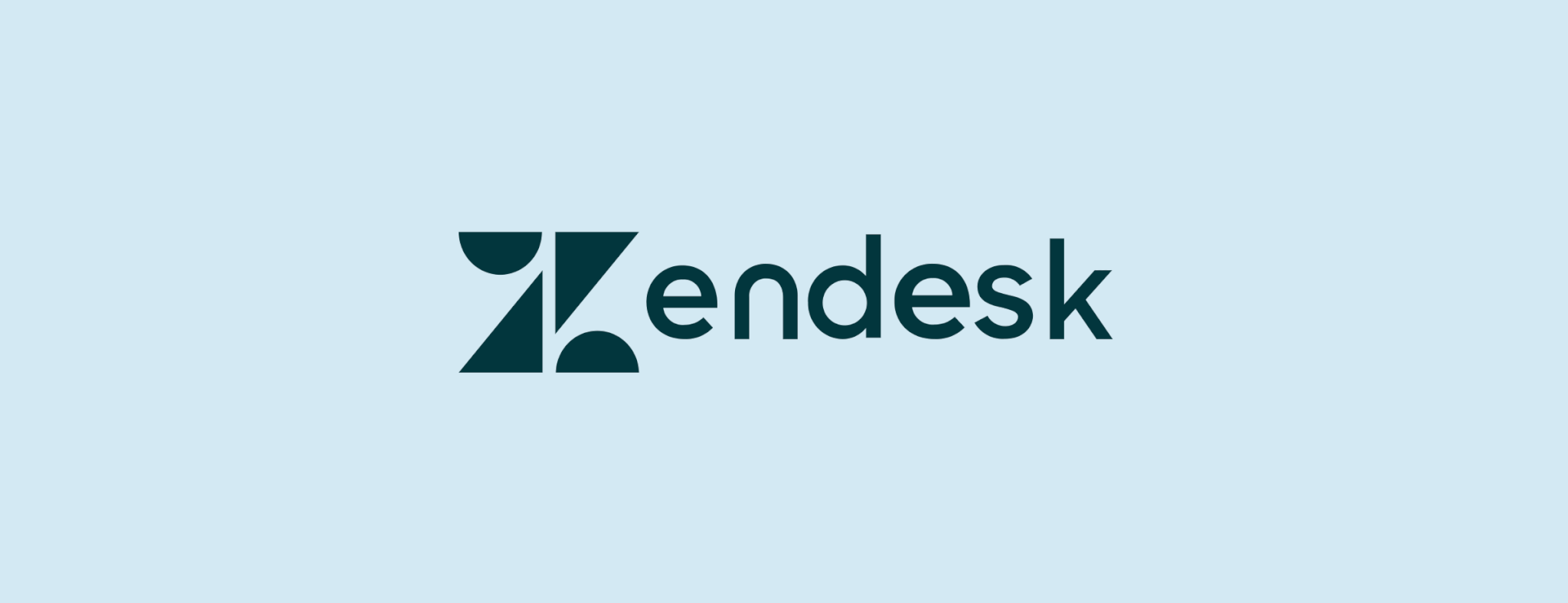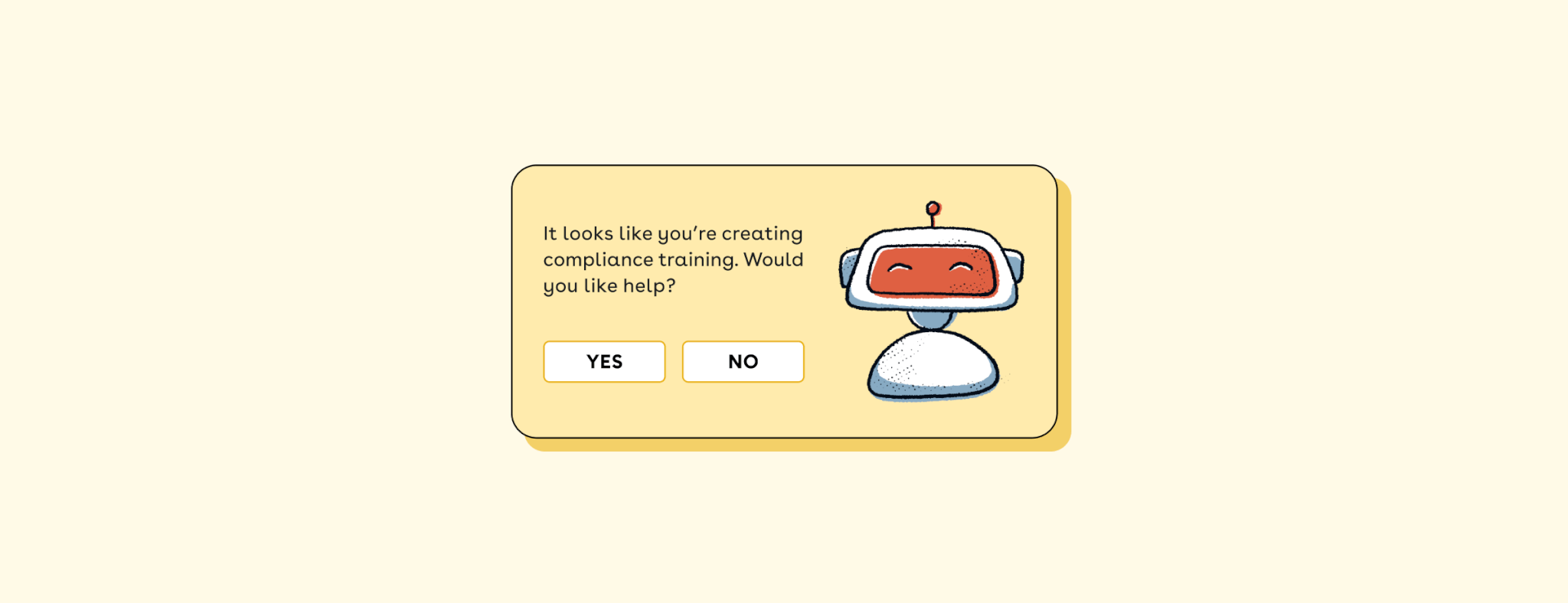Employees don’t wake up excited to take compliance training. And who can blame them? It's often way too long, overly legalistic, and completely disconnected from their day-to-day work.
But when compliance training is built with intention — when it respects employees’ time, meets them where they are, and actually helps them do the right thing — it can become something far more powerful: a reflection of company values in action.
That’s the kind of transformation Catherine Choe, Chief of Staff to the Chief Legal Officer, has helped lead at Zendesk. In a recent episode of the Innovation in Compliance podcast, she joined Tom Fox and Ethena CEO Roxanne Petraeus to unpack how Zendesk is rethinking compliance from the ground up; introducing test-out options, designing behavior-based content, and pushing for a more empathetic, effective approach.
Here’s what stood out — and what other Ethics & Compliance teams can learn.
Test-outs and time-saving with intention
One of the most critical (and employee-centric) changes Catherine’s team made was offering test-out options for training modules. If you can demonstrate the knowledge, why sit through the full training?
It’s a shift that reflects a deeper truth: compliance is about risk reduction, not box-checking. Test-out capabilities allow seasoned professionals to prove what they know and reclaim their time — without sacrificing accountability or documentation:
“It wasn’t an easy test,” Catherine admitted. “Even I didn’t get 100%. But I passed. And instead of spending an hour taking a course, I spent 15 minutes proving I knew what to do. That’s a win for me and the company.”
It’s also a win for trust. Giving employees more control over how they engage with training shows that you respect their time and experience; an important signal when you’re trying to foster a culture of integrity.
From "endured" to "engaging"
When Catherine first joined Zendesk, she found a three-hour compliance training course waiting for her. While it reflected the seriousness of the topics, it drastically overestimated employee appetite. “Compliance training became something to be endured,” she shared, “rather than consumed” — and that’s a problem if your goal is behavior change.
“I had to work with our subject matter experts and say, look, you are giving people 45 slides that they have to read. They're not gonna read them. I know that they should. I know that it's for the best of the company that they do. But they're just not going to. So, what is it you actually need them to know? And how can we make it stick?”
The solution was to reimagine the entire experience from the learner’s perspective. Catherine emphasized the need to focus less on legal history and more on actionable behavior: “I don’t need to know what chapter of the California penal code says murder is wrong. I just need to know I shouldn’t murder people.”
This user-first approach proved more effective. When employees understand what’s expected of them in plain terms, they’re far more likely to meet those expectations.
Training that meets learners where they are
A key theme throughout Catherine’s conversation with Roxanne was the idea of treating employees like customers of compliance. That means meeting them where they are, designing for how they think, and above all, focusing on clarity over complexity.
“Sometimes compliance teams lead with passion,” Catherine explained. “But we forget that this isn’t everyone’s full-time job. They don’t need to become experts in every law — they need to know what to do.”
This mindset shift — designing with employees instead of at them — extends beyond training. From modular content to localized risk-based interventions, the Zendesk team has embraced compliance as a function that supports, rather than lectures. And it’s paid off.
Using AI (and empathy) to pinpoint risk
When asked about the future of compliance, Catherine was clear: AI will play a key role — but only if we use it to solve the right problems.
For her, the real opportunity lies in using AI to identify where misconduct is most likely to happen, so limited resources can be allocated more effectively. That might mean analyzing disparate signals to pinpoint hotspots or identifying choke points where it’s harder to do the right thing than the wrong one.
“The easiest way to reach compliance,” she said, “is to make it easier to comply.”
It’s a philosophy that aligns closely with Ethena’s own approach: build systems and tools that make it easier for teams to do the right thing — and give compliance teams the data they need to scale impact.
A culture of feedback (and listening)
Catherine was candid about her early feedback to Ethena. She came in “pretty hot” one day, frustrated with a training experience that didn’t quite fit Zendesk’s needs. Within months, the course tone was rewritten, the modules more targeted, and meaningful changes rolled out — including the much-celebrated test-out feature.
For Roxanne, Ethena's CEO and Co-founder, it was a moment that underscored why building compliance tools with flexibility and modularity is so critical:
“Good enough isn’t good enough. Training needs to reflect your company’s values — and if you need to tweak it, you should be able to.”
The bottom line
At the end of the conversation, Catherine summed it up best: “No one knows what legal or compliance does... just that we show up when something goes wrong. That’s why it’s so important to explain the why behind what we do, and to make it feel like we’re all on the same team.”









